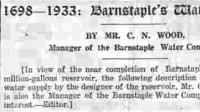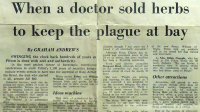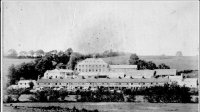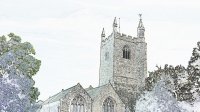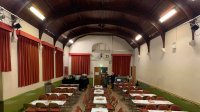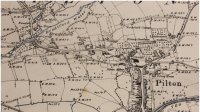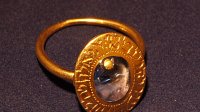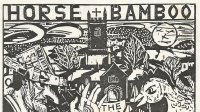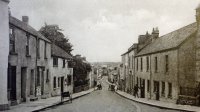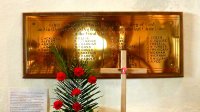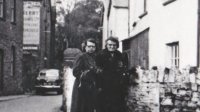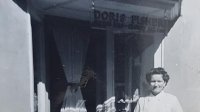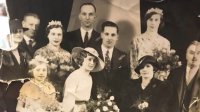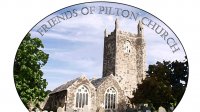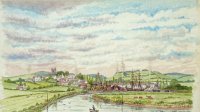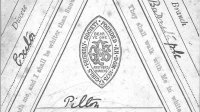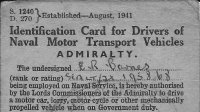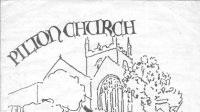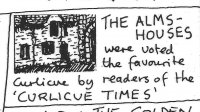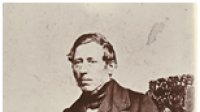Documents
The term ‘Bell School’ was first used in 1811 when Dr. Bell was a Minister of the Anglican Church in Madras, where he educated orphan children in the military asylum. With a scarcity of teachers, he introduced the system of using the older pupils to teach the younger ones, calling them Pupil Teachers. This system gained in popularity and was adopted elsewhere, including in England, and in 1815 the Church of England opened a National School in Pilton operating on the Bell system.
The school, likely to have been in one room, was at first in an upper room over one of the former almshouses at the head of Pilton Street. By the late 1830s it was clear that the schoolroom was not large enough for the number of pupils, due to an increase in the population in the parish, and a new site was found. A board of trustees was established and a subscription list opened, which was quickly supported. The total cost of buying the site, building the school and equipping it with furniture, heating etc., came to £382. 17s. 6d, which was completely covered by local subscriptions and a Treasury Grant of £100, and the building was formally opened in January 1841.
There is a connection between the Pilton Bell School and a Mrs Elizabeth Tetherley who lived at a property in Pilton Street, No 35, now known as Churchill House. In 1851, wishing to live elsewhere, she gave the house to the Pilton National School. For some years it was the home of the successive headmasters of Pilton School, the last one being Arthur Stacey, who retired in 1949.
To read more details about the Pilton Bell School open the attached document in Adobe Reader.




